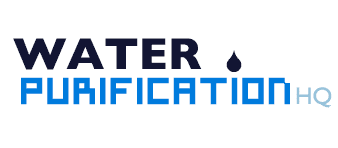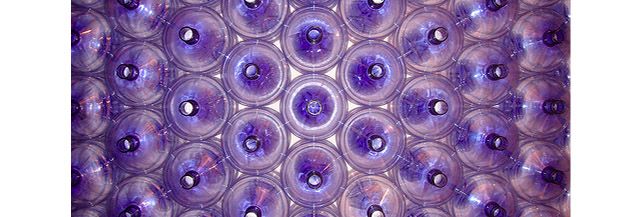Every now and then we dip into the world of travel to discuss water purification. It is an important topic in this domain because so many places in the world don’t have potable water, let alone water that is free of chemicals and impurities. The good news is that there are many options for the traveler to attain purified water. This post will explain all the possibilities.
Let’s start with the basics. You can always boil water. This will kill everything, including viruses, but it is time consuming (the water needs to be boiling for at least 3 minutes, more if you are at an abnormally high altitude). Boiling also won’t remove particulate matter or sediment that may be in the water, so it’s always a good idea to filter the water. This is true regardless of what treatment option you decide to use.
Speaking of filters, there are a couple of different options. You can always use a t-shirt, cheese cloth, or a coffee filter if you are in a bind. I prefer, however, to purchase a specific filter that is designed to the job. A good filter would be the SteriPEN pre-filter that you can buy from most outdoor and recreation retailers and online retailers like Amazon.com.
A filter is needed for many of the treatment options that I’m about to mention, but it’s important to note that a filter is typically not enough to remove all impurities from the water. Most filters don’t have pores that are small enough to filter out viruses, for example. One exception to this rule is the LifeSaver Bottle, which does have pores that are small enough to filter out viruses.
Using chemicals to treat your water
There are two chemical treatment options that are popular for traveling: iodine and chlorine dioxide. They both have their advantages and disadvantages. For one, iodine leaves a funny aftertaste and it may not be foolproof when it comes to treating microorganisms like Cryptosporidiosis. On the flip side, it doesn’t take a lot of iodine to treat water and it works faster than the chlorine dioxide. With chlorine dioxide you generally need at least a few hours for treatment, but it’s capable of killing everything and there is no need to worry about Cryptosporidiosis in this case.
Using UV light for treatment
Our personal favorite form of treatment on the road is UV light. That may sound a bit strange at first, but when you see some of the portable products that are available, you will start to understand.
Products like the SteriPEN effectively neutralize all microorganisms as long as the water is clear (this is where that filter comes in). In addition, UV treatment takes almost no time at all, and it doesn’t involve the use of chemicals. Finally, UV treatment devices are generally lightweight and highly portable.
At the end of the day, you can always buy bottled water wherever you find yourself. But, if you traveling long-term, you may not want to constantly spend money on water. If the tap water is unsafe to drink then your only other option is to treat the water yourself. Hopefully, the above tips give you some options that you can use.
Photo credit: flickr user Jeni Rodger







{ 1 comment… add one }
Highly resistant to iodine. Recommend water filter with pore sizes of 1 micron or less, boiling of water or UV light treatment. MIOX and chlorine dioxide are possible options but may require extended treatment time.